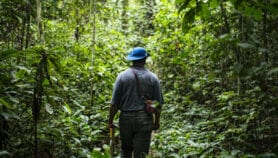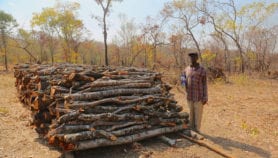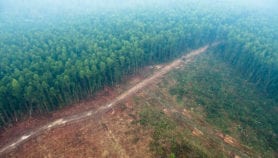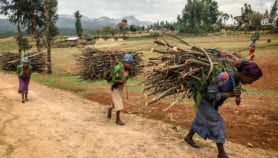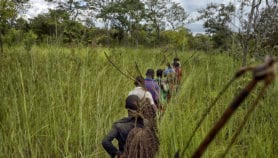By: James Njoroge
Send to a friend
The details you provide on this page will not be used to send unsolicited email, and will not be sold to a 3rd party. See privacy policy.
Two Kenya-based virologists have warned that increased contact with wildlife due to deforestation is subjecting the country and the African region as a whole to unprecedented epidemics sparked by Ebola-like viruses.
Rosemary Sang and Lee Dunster from the Kenya Medical Research Institute argue in a report in the latest issue of the East African Medical Journal that deforestation is strongly linked to the emergence of diseases, as farmers and livestock are exposed to new arthropod vectors and the diseases they carry.
Arthropod-borne diseases — known as arboviruses — are potentially destructive and can cause a wide range of diseases in humans. The diseases range from self-limiting fevers to deadly Ebola-like bleeding infections (haemorrhagic fevers) and life-threatening inflammations of brain membranes similar to, but more lethal than, meningitis.
“Changes to the environment (natural or manmade) are exerting selective pressure on established ecosystems, which can create conditions that favour the emergence of arboviruses in human communities,” the authors say.
The report comes at a time when the Kenyan government is embroiled in a tug of war with environmentalists over plans to clear more than 167,000 acres of forest, which would effectively reduce Kenya’s forest cover by 10 per cent.
According to the report arboviruses, because of their dependence on arthropod and vertebrate hosts, are greatly affected by environmental and demographic changes.
“The emergence, increased outbreak frequency and growing endemicity of some of the important arbovirus disease agents in Kenya (due to environmental changes) is now a real problem that requires more attention than it is currently receiving,” the scientists warn.
The yellow fever virus, Rift Valley Fever (RVF) virus, dengue fever virus and West Nile Fever Virus are among the arboviruses that the authors fear could spread due to ongoing deforestation in Kenya.
More worrying are reports that most of these viruses are lying latent in animal hosts, waiting for an opportunity to strike.
The two virologists say there is cause to believe that the viruses are increasingly crossing over from their animal hosts to humans in numbers that could trigger an epidemic.
But, they continue, the majority of infections caused by these viruses go undiagnosed.
“A major factor for this situation is the non-specific nature of clinical signs and symptoms of arbovirus infections which may be confused with illnesses such as malaria, typhoid, dysentery and bacterial meningitis,” they say.
The two scientists are particularly concerned that Crimean-Congo haemorrhagic fever (CCHF) — which causes much more severe bleeding in people with advanced infection than even the Ebola virus — could break out in rural parts of Kenya.
© SciDev.Net 2002
Photo credit: Art Wiselogel/NREL


